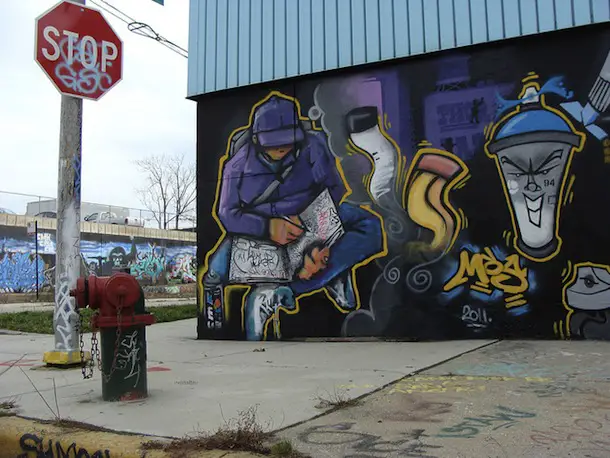Hackathons by definition are fast sprints in the world of marathon designing. The idea is to get something done quickly, then refine it as the idea receives more traction. But, more often than not the enthusiasm and verve disappears like flashes in a pan.
Worried by this, Christine Outram of LA Here and Now, a local movement marrying the worlds of urban planning, technology and civic engagement, set out to run a two-part series that tries to address the runoff problem of adrenaline-infused fast burn hackathons.
Partnering with the USC Annenberg Innovation Lab, LA Here and Now first ran an initial workshop soliciting Los Angeles’s urban enthusiasts about their ideas for a better city. Despite giving us participants a range of options, we all honed in one our biggest pet peeve: transportation. After a day of brainstorming, each of the groups left with a multitude of possibilities in their head from a community adopt-a-bus system, skillsharing while in transit to a smart bus stop interface that allows residents to easily and reliably get on the city’s tangled bus system. It could have ended there, but LA Here and Now took it another step further. They asked their participants to come back (We weren’t mandated, of course.)
After two months, a second session was held, this time to generate a feasible business model that would support these ideas. In half a day, participants were challenged to create a rough draft business model using the Business Model Generation Canvas – a tool refined by about 470 entrepreneurs.

LA Here and Now’s goals were ambitious to begin with, but hey, isn’t change always a lofty idea anyway? While the first session was an inspiring experience, the this second session was sobering. Being asked to come up with a viable, if not profit-making, plan was like squeezing our brains to its fullest for hours at a time.
We were asked to take a lofty idea (i.e. What if we could take the bus and confidently know we would arrive at our destination without needing a smart phone or prior preparation? What if there were a social network for the unemployed to find mentors?) and turn it into a possible social enterprise. The process forced all of us to take long hard looks at what we were proposing and to see whether city problems could be solved by the free market’s profit motive. For some ideas, it was possible. (Interactive bus stops that easily share route information could also double as ad space, while adding to the city’s ridership). For others, the feasibility was dubious. (The unemployed would be really motivated to sign up for a social network that would link them to mentors, but would mentors be as willing?)
In the end, what participants got weren’t all viable social enterprises, but we received a crash course on what it takes to bring an idea from germ in our minds to full blown reality. Those pies in the sky may remain on paper, but the how-tos we received could be applied to other future prospects. “We didn’t want to do just a panel or talk, but we wanted to give tools that you could apply to your own projects,” says Outram. LA Here and Now’s continued attempts to push the process forward is heartening to see and a good step in the right direction. But, as San Francisco’s Summer of Smart notes, “Hackathons should envision a timeline of two years, not two days.” We had two days, the question remains if an environment where years of effort can be justified can be cultivated in Los Angeles.
Carren Jao is an art, architecture and design writer based in Manila and Los Angeles. Her work has been spotted on Core77, Dwell, Surface Asia and Fast Co.Design. You can find her online and on Twitter.


